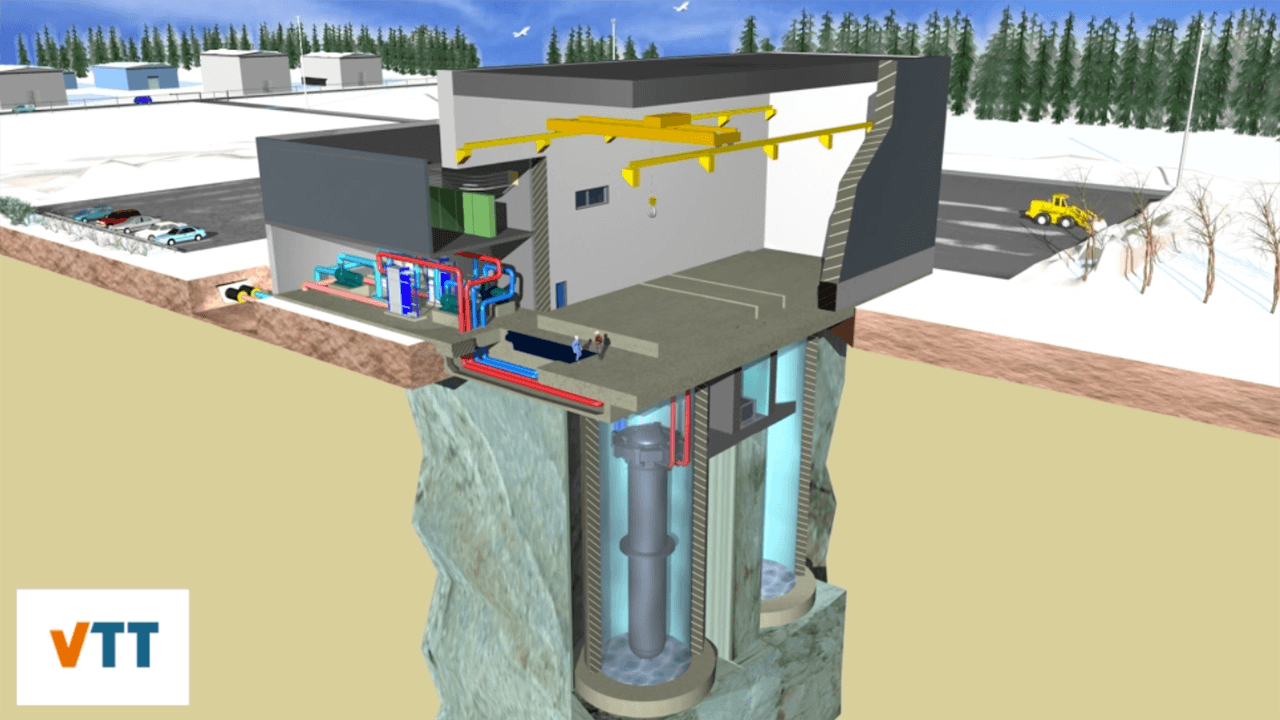Espoo-based Steady Energy has raised €2 million in a seed funding round to further its efforts of decarbonising the residential heating industry via nuclear energy. The VTT spinout intends to use the funding for further R&D work as well as build a full-scale mockup of a small-scale nuclear reactor-powered heating plant.
Steady Energy’s €2 million seed round was led by VTT, Yes VC and Lifeline Ventures.
 As interest in nuclear power continues its revival, new approaches and new technologies applied to the field show promising signs. While we’re all well versed in the trials and tribulations the nuclear energy industry has experienced, one such new approach is that of Steady Energy’s.
As interest in nuclear power continues its revival, new approaches and new technologies applied to the field show promising signs. While we’re all well versed in the trials and tribulations the nuclear energy industry has experienced, one such new approach is that of Steady Energy’s.
In development for the past three years, Steady Energy is working on what it terms as an LDR-50 district heating reactor. The name is derived from the fact that this small nuclear reactor is capable of a heat output of 50MW, a figure sufficient for heating a small city.
Whereas the processes involved in harnessing energy from a traditional nuclear reactor involve extreme temperatures and pressures, Steady Energy says that its LDR-50 is designed to operate at around 150°C and below 10 bar (145 psi).
To put the temperature figure into perspective, a traditional nuclear reactor operates at an average temperature of around 300°C. At the time of its meltdown, the Chernobyl reactor experienced temperatures reaching between 1,660°C and 2,600°C.
“The pressure required by the LDR-50 reactor is comparable to the pressure that of a household espresso machine. It operates at a lower pressure than a district heating network. This ensures that in case of a malfunction which leads to a leak, the leak is contained within the heating plant, without endangering people or the environment,” said Steady Energy CEO Tommi Nyman.
While the LDR-50 is capable of outputting 50 megawatts, Steady Energy says that they will tailor each heating plant to individual customer needs. For example, a single heating plant can have multiple reactors. Likewise, the heating plant could also be used as a desalination location, able to produce fresh water in areas of the world suffering from water shortage. And yes, the reactor can be modified to produce steam for industrial purposes.
“75% of district heating systems in the EU are currently powered by fossil fuel. The situation is even worse in China. Nuclear energy is already a major source of low-carbon electricity, and small modular reactors represent a pathway to expand the use of the technology to other energy sectors in addition to heating,” said Nyman. “On top of being safer than traditional reactors, SMRs are more affordable. We’re setting up a demonstration plant for district heating purposes ideally in Finland, but our long-term plan is to have several plants operating around the world, producing carbon-neutral heat to homes, offices, and various industrial applications.”



Would you like to write the first comment?
Login to post comments